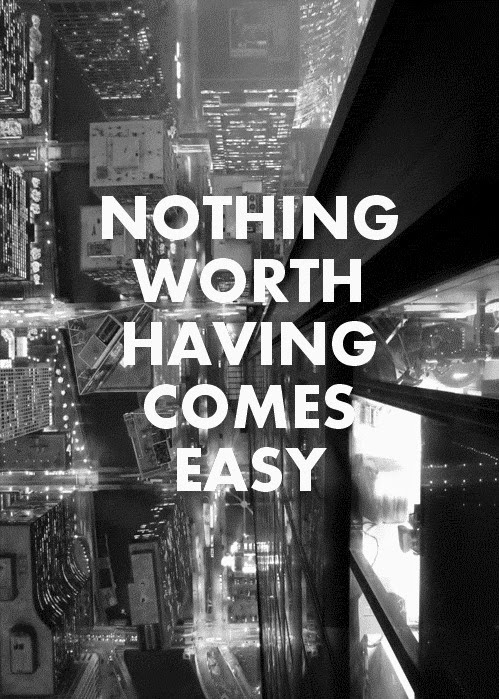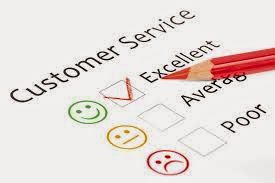 In an earlier edition, we talked about understanding the opportunity presented by an account. Let’s push this thought further. Way back in the late 70s, there was a movie called All the President’s Men that popularized the catch-phrase, “follow the money.” And while the movie put a negative stench on the phrase, for sales types, it comes with a great connotation; almost like a new car smell. So with this thought, hop in and join me as we… follow the money.
In an earlier edition, we talked about understanding the opportunity presented by an account. Let’s push this thought further. Way back in the late 70s, there was a movie called All the President’s Men that popularized the catch-phrase, “follow the money.” And while the movie put a negative stench on the phrase, for sales types, it comes with a great connotation; almost like a new car smell. So with this thought, hop in and join me as we… follow the money.The truth is most sales people follow technology, applications, customer needs and pursue friendly contacts. Salespeople rarely follow the funds. I can’t help but wonder if a lot of guys actually feel like their work is cheapened by the exchanging of money. Just think back about how many times you have heard a salesperson lament:
“The proposal was perfect. The product was everything the customer wanted. We were the best supplier on the planet. But, the customer didn’t have any funding.”
Think about this for a moment. Selling time, pre-sale research, product specialists, engineering resources and a ton of money spins down the proverbial drain. And, it all could have been avoided by asking a couple of well selected questions/phrases.
Here are six easy examples:
1. How does your company justify projects like this one?
2. Does the whole thing go through a process or committee?
3. What kind of budget do you have for something like this? I want to make sure you get the best deal for your money and understanding the budget helps me focus our work.
4. What are the financial issue driving this decision? I want to better understand how the need for improvements are discovered.
5. What kind of payback are you looking for to make this project work?
6. Who holds the purse strings for a project like this in your company?
In an earlier article on the whole topic of Strategic Planning for Accounts, we spoke about the need to understand the value you provide to the customer. Following the money is partially a financial play. You focus your attention away from the “stuff” in your catalog and onto the workings of the customer.
An aside from Frank:
This is for those of you who were forced to study Shakespeare as a teenager. Ms. Miller, my 8th grade English teacher, called these a soliloquy. I don’t write many but here goes…
I know your products are spectacularly interesting; they probably have the latest “double-dip-thong” technical wizardry. My guess is your company has a really creative Vision Statement and a trip through your warehouse is like a visit to the top secret NASA Space Lab. But, all of this is only mildly amusing to your customer contact. If the contact happens to be a financial guy (Plant Manager, VP of Operations, Production Manager or somebody else), your product selling scoop bores them to tears. They only want to talk about their company and money. Period! Now back to the article already in progress….
Understanding where the money comes from is important to your credibility but it gives you some old fashion selling advantages as well.
Anticipating the money
We have discovered salespeople who know where the money comes from are able to anticipate its arrival. Knowing about a potential project early is a powerful advantage. The salesperson who knows about the coming “money” can build credibility with people they may have missed in normal calls to the customer. They can research new product advantages. Gain new insights to drive the proposal forward and jockey for better competitive position.
Distributors with non-exclusive supplier lists can use the extra time to lock in on special pricing agreements, strengthen relationships with the supplier and leverage the suppliers for competitive advantage.
Signing off for now…
There are a half dozen other advantages to following the money. Many of these involve nuances in managing your business; things like inventory and staffing. But from a purely selfish selling standpoint, imagine the time advantage of knowing the difference between funded spending and a pie in the sky chase down a rabbit hole. Time is the world’s first unrenewable commodity. There will be times when something has to be pushed aside. Why not put off the unfunded sale?







